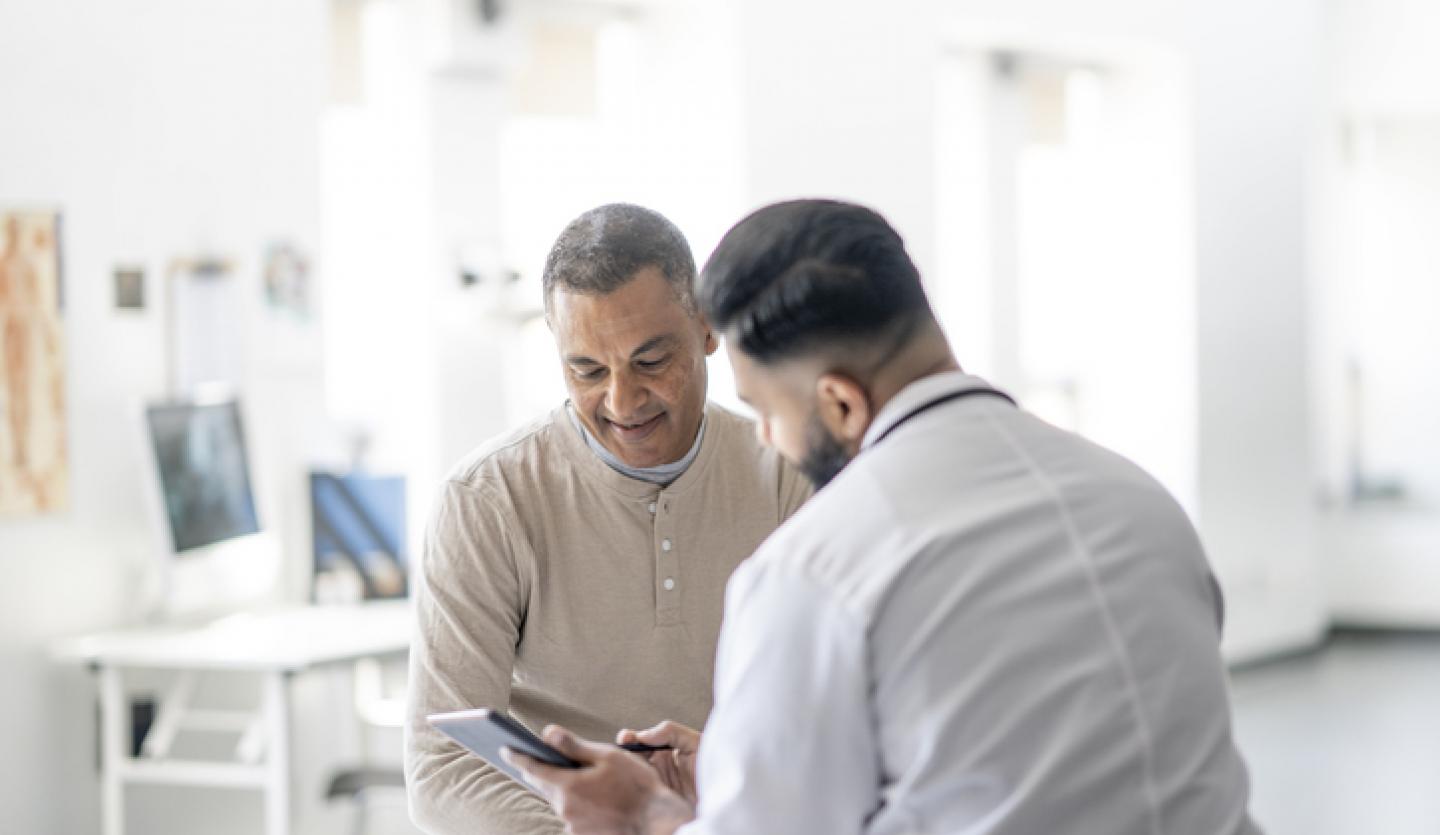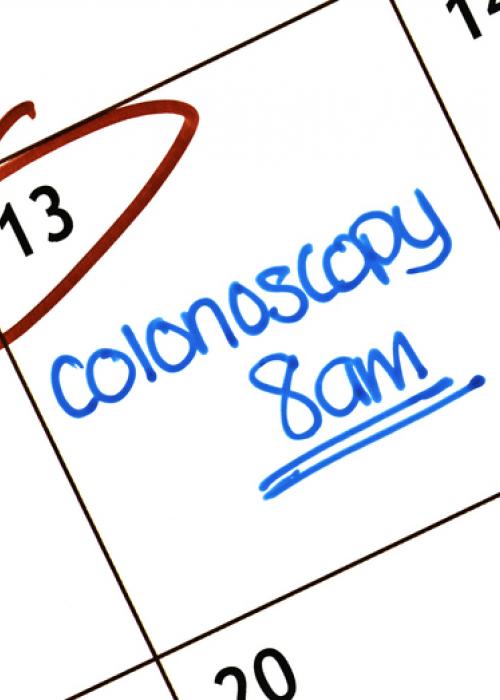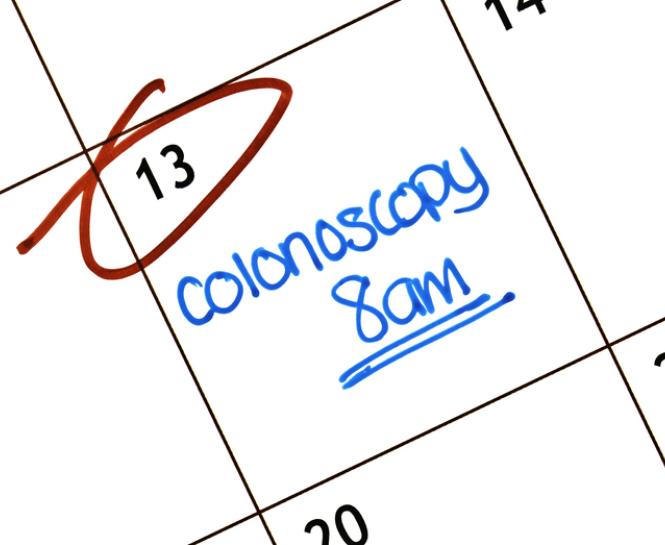Polyps can grow anywhere in the large intestine but more commonly grow in the colon. A colon polyp is a small clump of cells that grow on the inner lining of the colon. Most polyps are benign, noncancerous growths that vary in size and shape. But they can develop into colon cancer over time, which makes colorectal cancer screenings important. Talk to your gastroenterologist about when you should get screened.
What are the types of colon polyps?
Nonneoplastic Polyps
Nonneoplastic polyps typically do not become cancerous. These include:
- Inflammatory polyps. Can occur in people with inflammatory bowel disease (IBD).
- Hyperplastic polyps. Can develop where the body has repaired damaged tissue.
- Hamartomatous polyps. Rare in adults but the most common type of polyps in children.
Neoplastic Polyps
- Adenomas. Most likely to turn into cancer if given time to grow.
- Serrated polyps. Can become cancerous depending on size and location.
Who is at risk to get colon polyps?
According to the American Society for Gastrointestinal Endoscopy (ASGE), more than 40% of people in their 50s have precancerous colon polyps. The ASGE also notes that being over the age of 50 is the biggest risk factor for developing colon polyps.
What are the other risk factors?
In addition to being over the age of 50, you may also be at higher risk of developing colon polyps if you:
- Have a personal history or family history of polyps or colon cancer
- Have existing medical conditions like inflammatory bowel disease (IBD)
- Are overweight
- Are a smoker
- Excessively drink alcohol
- Do not exercise
What are the symptoms of colon polyps?
Most people do not have symptoms. But you should talk to your doctor if you have:
- Bleeding from the rectum
- Unexplained iron deficiency
- Unexplained weight loss
- Change in stool color
- Change in bowel habits
How are polyps diagnosed?
- Colonoscopy. Most common way to find polyps. Almost all precancerous polyps are found during a colonoscopy and can be removed during the procedure. A colonoscopy allows a gastroenterologist to see inside the colon and large intestine using a flexible tube called a colonoscope that is inserted through the rectum while the patient is under sedation. Learn how to prepare for a colonoscopy.
- Sigmoidoscopy. A thin, flexible tube with a camera is inserted through the rectum to examine the lower part of the large intestine or the sigmoid colon.
- Computerized tomography (CT) scan.
- Stool tests.
How are polyps treated?
A gastroenterologist can typically remove polyps found during a colonoscopy. The polyp(s) will then be sent to a laboratory for testing. During a follow-up appointment, your gastroenterologist will discuss the lab results and next steps. Those steps will include when you should schedule another screening and how to minimize risk factors for developing additional polyps through lifestyle changes like improved diet and exercise.
Schedule an appointment with your gastroenterologist to discuss when you should be screened for colon cancer. Call 866-MY-LI-DOC (866-695-4362) to find a Catholic Health physician near you.







